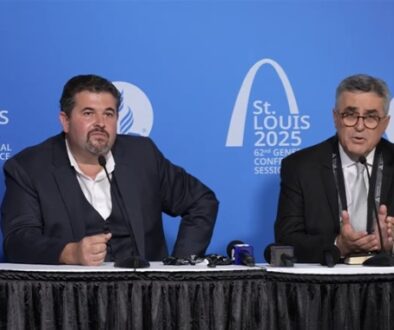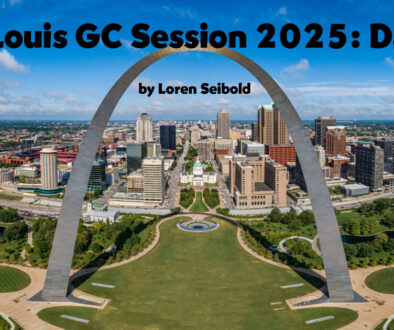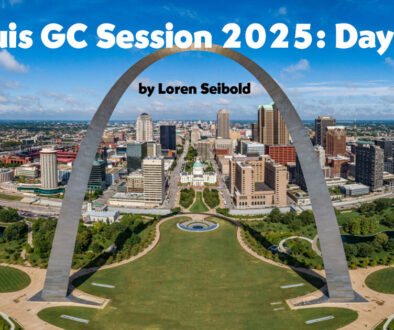The Great Ejection
By Jack Hoehn | 17 June 2018 | Voting by leadership to require church members to all act in a uniform manner has a long and harmful history in the reformation of the Christian church. How can church members stop a Great Ejection from happening in Adventism?
Understanding the reformation of the English church is complex. A common view is that a sovereign’s drive for a male successor and lust for new bed partners caused the English church to break from Rome. But Henry the Eighth’s issues in 1534 may have merely been an occasion for a long-suppressed fruition of John Wycliffe’s translation of scripture into English 150 years before. Religious reformation and growth is not a once-for-all thing. You cannot change humans from devout Roman Catholics to devout Puritans by a single royal decree.
Jesus knew that religious transformation from Jew to Christian was not something even he could accomplish in three years. He established an apostolic foundation to build his church upon, but frankly told his disciples that there were truths and practices they were incapable of adopting while he was here. Over time the Holy Spirit could guide them into additional truths, better practices. Reform of religion is a progressive process, and sadly has often been slowed and retarded by human resistance to change.
Even the essential translation of Holy Scriptures into English by John Wycliffe in 1382 was initially banned by both church and royals. They felt it took authority away from nobility and offered it to commoners. An understandable Bible was so threatening to organized Christianity that in 1428, 44 years after Wycliffe’s death, his bodily remains were dug up, his bones were burned, and his ashes were thrown into a river in a postmortem martyrdom for a heretic!Jan Huss in Prague read Wycliffe’s writings, and in 1415 was martyred alive for advocating necessary church reforms. Next, Martin Luther in 1517 posted his objections to church abuses and doctrinal errors, triggering widespread European reform. So the English Reformation of the church beginning in 1534 must be placed into this context of far more than Henry VIII’s desire for new wives. Last week as I drove over a bridge on the English river Avon I remembered a fragment of Longfellow’s poem:
“The Avon to the Severn runs, The Severn, to the sea,
and Wickliff’s dust shall spread abroad Wide as the waters be.”
St. Giles at Cripplegate
I can confirm that the waters are wide that separate England from North America, for recently I flew over them on a short visit to London. When the Romans built a camp and then a town at Londinium on the north bank of the River Thames it was first a small outpost. Over time they built a wall to surround what is now called The City of London. This ancient wall protects about a mile along the Thames, starting where the Tower of London now stands and running north, then west, then back south again to the Thames, enclosing about one square mile.
Although Rome withdrew from England after 400 AD, the Roman walls were restored and repaired by successive rulers of London with little or no re-siting of the walls or its gates for 1,500 more years. Even today archeological remains of London’s ancient Roman walls are visible, and you can take a London Wall Walk through the modern city. There were seven gates into the city and one of these gates on the North, locked every night and opened every morning, was called Cripplegate. Just outside this gate was an ancient Christian church named after St. Guiles or Giles, a patron of the crippled, beggars, and homeless, perhaps leading to the name of this gate.
Matilda Walford
My great-great-grandmother was Matilda Walford. Her groom was a draper (dealer in fabrics), and at the time of their marriage Henry Budden lived on Castle Street (now called Charing Cross Road) on the far west of the City of London. There were 100 churches in the city but of all the churches available they chose to go to the small old church with the unusual name of St. Giles Cripplegate for their wedding just outside of the city walls on the North.
I walked from my London hotel to this ancient church, St. Giles at Cripplegate. The church has been restored several times, most recently after the German bombardment destroyed it during World War II. The modern City of London, the world’s financial center, built of cement and glass, surrounds it. Yet I was able to find out why my ancestors chose this particular church –they were “non-conformists,” Christians who refused to be in compliance or uniformity with the official church of England. They valued freedom of religious conscience more than uniformity.
Non-conformists
The Ward (or District) of Cripplegate in the City of London has long been a center of religious non-conformity. As early as 1550 their pastor Robert Crowley favored the extreme Puritans who wished to reform the church. He was discharged by church leaders from St. Giles in 1564, but 60 women from his church appealed to the Bishop of London, who with male chauvinism refused to listen to them but agreed to hear “six of their husbands!” Happily, other churchmen took Crowley’s side and refused to enforce the Bishop of London’s directives to depose Crowley so he continued to serve till his death in 1590. Conforming churchmen were then assigned to St. Giles but the congregation remained largely non-conformist and supporters of Parliament instead of the Catholic kings and reform-resisting churchmen.
The Great Ejection
In the 1660s the governing body of the Church of England voted:
“An Act for the Uniformity of Publique Prayers..and for establishing the form of making,
ordaining and consecrating bishops, priests, and deacons in the church…”
This voted policy required all clergymen to take an oath that they were in compliance with the new policies of the church, that they would agree to conform to what the highest governing body of the church had voted.
In fact, over 2,000 clergy refused to take the oath of compliance or conformity. They did not believe that even though a majority of church rulers had voted for these policies that they were necessarily God’s will for his church.
Church leaders felt this was a crisis, and that the only way for the church to remain strong and effective was to enforce their voted policies. They felt forced to expel from the church all non-complying clergy. This event is known in church history as “The Great Ejection.”
Church leaders through Parliament voted the following actions (known as the Clarendon Code) demanding uniformity of practice and doctrine in the English church:
- In 1661 they voted that no person out of compliance with the established church could hold any official office (mayor, councilman, sheriff, treasurer, etc.) in the kingdom.
- In 1662 they voted the Act of Uniformity, requiring all clergy to take an oath that they fully supported all doctrines and teachings and practices of the church, or else they were removed from their pastorates or teaching positions.
- In 1664 they next voted to restrict the freedom of assembly of church members, ruling that no small groups larger than five people who were not members of the same family were allowed to meet to worship in any way other than in conformity with established church rules and regulations.
- Finally, in 1665 it was voted by church leaders that no pastor in non-compliance would be allowed to come within five miles of any incorporated town and its church and would not be permitted to teach in any school!
This completed the demand for uniformity of faith and practice in the Church of England for holding any governmental office, then for pastoring any church, then for being a member of any non-conformist congregation over five members, and finally not permitting different ideas about the church and alternate truths to come within five miles of any church or within any school! The mechanism of uniformity was that pastors and teachers in the church were required to take an oath of conformity with all church of England doctrines and policies. These requirements enforced “uniformity” on the Church in England until 1872, when they were finally modified or lifted.
Rebels?
Those pastors, teachers, and members who refused to sign an oath that they were “in compliance” or uniformity with all the voted rules and regulations of the leaders of the church were called various things. At first these rebels were called “Lollards” (a name also used for the Waldensians); then “Puritans,” because they wanted to purify the church; then “Independents” or “Non-conformists.” Some of these non-conformist, non-compliant, non-uniformists later became known as “Baptists” (who said you had to be immersed, not just sprinkled) or “Ana-Baptists” (requiring adult baptism instead of infant baptism).
Spiritual leaders such as John Bunyan (author of the hugely popular Pilgrim’s Progress) preached at St. Giles Cripplegate after being let out of Bedford Jail for his non-conforming religious views. John Milton, whose Paradise Lost offers ideas later promoted by Ellen White in the Great Controversy motif, is buried
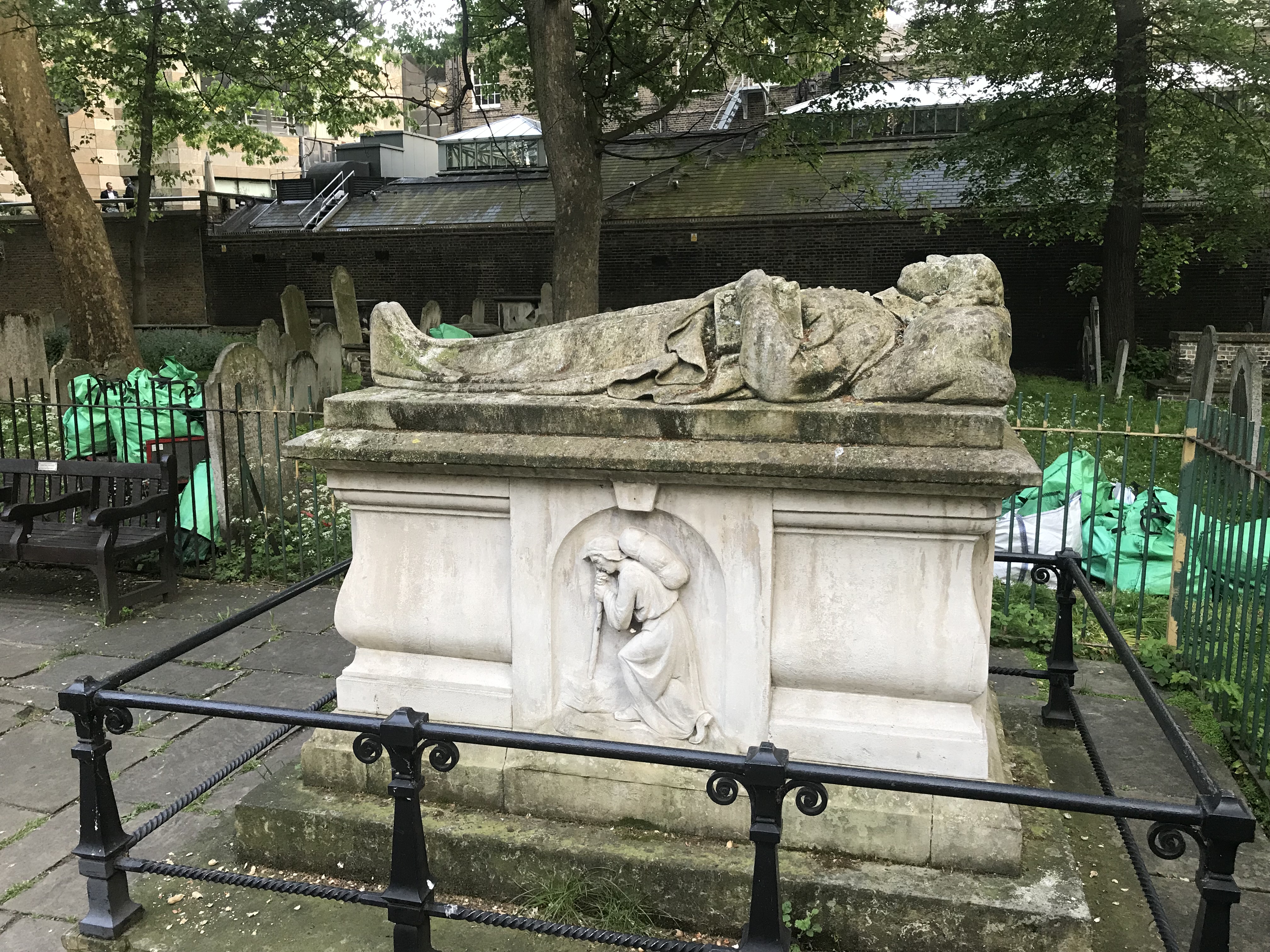
in this church. Oliver Cromwell, who ruled England after deposing and beheading its Catholic king, worshiped here.
Daniel Defoe, author of Robinson Crusoe, William Blake, poet and artist, and Susana Wesley, non-conformist mother of Charles Wesley, who started Methodism, are all buried in the cemetery of Bunhill Fields a short walk from St. Giles Cripplegate, the only place in London non-conformists could be interred.
Michael Faraday, the chemist, was “out of compliance” and joined a church known for love and communal ownership of goods. Scots not in compliance came to be called Presbyterians. And some freethinkers who refused to be in compliance with the rules and regulations voted by the church administrators became Sabbath keepers. St. Giles Cripplegate Ward had Seven-Day Baptists, Sabbatarians who were permitted to worship.
Adventist Conformity?
The very same week that we were in London (May 13-22), my wife Deanne read the news release that stated that the General Conference had initiated a “Unity Oversight Committee” that was tasked to create a “compliance process” to enforce conformity to actions voted by church leaders. (Gender equality in ordination of women pastors, letting women hold top administrative positions in the church, only teaching one version of Creationism, and enforcing General Conference primacy are the likely issues.) “What’s happening to my church?” Deanne asked. “Don’t they see that they are just repeating the errors of the past? Where is the fabled freedom of religious conscience this church insists on having from the rest of the nations of earth?”
The history of the reformation of the English church shows what occurred when church leaders are resistant to change and reform of the church and try to enforce conformity with punishments and restrictions. True religious reforms came from those “non-conformists” outside of compliance with the official Anglican church. Where would we be spiritually without the “non-conforming” John Bunyans, John Miltons, and Charles Wesleys of Christianity?
Adventist history, of course, shows our founders were all “non-conformist” Christians. Can’t our church administrators today see the risks of forbidding church members, teachers, and pastors to think religiously outside of voted rules and regulations? Do we wish to demand oaths and statements of uniformity for all details of church policy? Do we really want to have our leaders spending their time enforcing a “compliance process” opposing the changes Jesus said the Holy Spirit would continue to bring to his church over time? Can we afford an Adventist “Great Ejection?”
Can We Do Something about This?
In the Adventist hierarchy, individual church members have mainly two ways to influence church policy. One is by influence and advocacy. You can call or write to conference and union presidents and let them know that this kind of “act of uniformity” harms the church and stifles necessary growth and reforms. Ask your administrators to insist that the so-called “Unity Oversight Committee” dissolve itself as quickly and as quietly as possible. More than 2,000 Southern Baptist women wrote letters to their leaders denouncing the mistreatment of women by their leaders, resulting in the dismissal of Paige Patterson from his leadership position. How about 2,000 letters by Adventist women, denouncing the mistreatment of women pastors and administrators by our present Adventist church leaders?
Sadly, the other more painful way to influence church policy is for members to stop funding organizations trying to reproduce an Adventist Great Ejection. Even a one-month coordinated tithe boycott in September before the Annual Council in October might do more than all the letters we can write. There are many ways for modern “non-conformists” to support God’s work in this world at a local church level or for organizations who have adopted gender equality and openness to scientific truths without funding the present change-resistant and conformity-demanding church bureaucracy. But don’t just redirect your tithe; write your conference treasurer letting him or her know what you are doing and that you will be glad to resume your customary systematic benevolence once the church leaders halt their attempt to force uniformity of practice by “compliance processes” against the religious and moral convictions of Adventist members and pastors.
(You can find mailing addresses for all SDA organization online at the Adventist Organizational Directory. E-mails are quick and cheaper, but easy to delete. Printed mail may have more attention given to it if you take the time to express your convictions kindly and clearly and on one page or less.)
____________________________
SOURCES:
• Caroline Gordon, Wilfrid Dewhirst, The Ward of Cripplegate in the City of London, 1985, University Press, Oxford.
• https://en.wikipedia.org/wiki/Act_of_Uniformity_1662
• Unpublished Fisher family history from Garth Fisher and Jack Hoehn. Our grandmother, Olive Cornell Christopherson/Fisher, who became a Seventh-day Adventist, was the daughter of Amelia Budden, who was the daughter of Henry Budden and Matilda Walford, who chose to be married in St. Giles Church Cripplegate on October 13, 1847. Matilda’s parents were also non-conformist or Independent Christians from Colchester, England, who had her christened in the Lion’s Walk Independent church, so it is pretty clear why their daughter selected a non-conformist, Independent church to take her vows in.
• https://www.adventistreview.org/church-news/story6126-unity-oversight-committee-continues-to-meet
- https://www.washingtonpost.com/news/acts-of-faith/wp/2018/05/07/we-are-shocked-hundreds-of-southern-baptist-women-denounce-leaders-objectifying-comments-advice-to-abused-women/?noredirect=on&utm_term=.5504da33959c
- https://www.christianitytoday.com/news/2018/may/paige-patterson-swbts-letter-southern-baptist-women-sbc.html
- http://www.adventistdirectory.org/
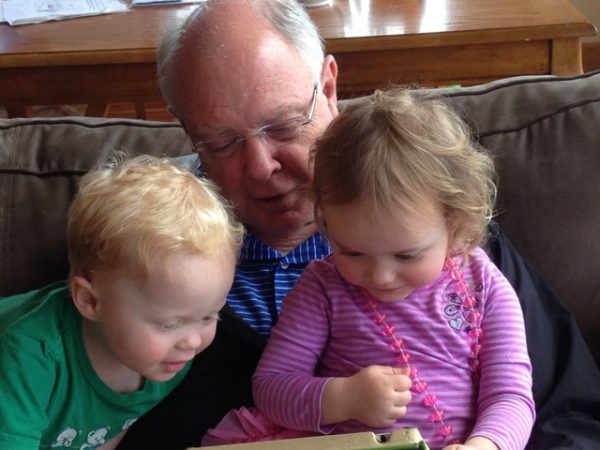
Jack Hoehn is a frequent contributor to both the print and online versions of Adventist Today. He has served on the Adventist Today Foundation board since 2012. He and his wife Deanne live in Walla Walla, Washington. He has a BA in Religion from Pacific Union College, and an MD from Loma Linda University. He was a licensed minister of the Adventist church for 13 years when serving as a missionary physician in Africa.


